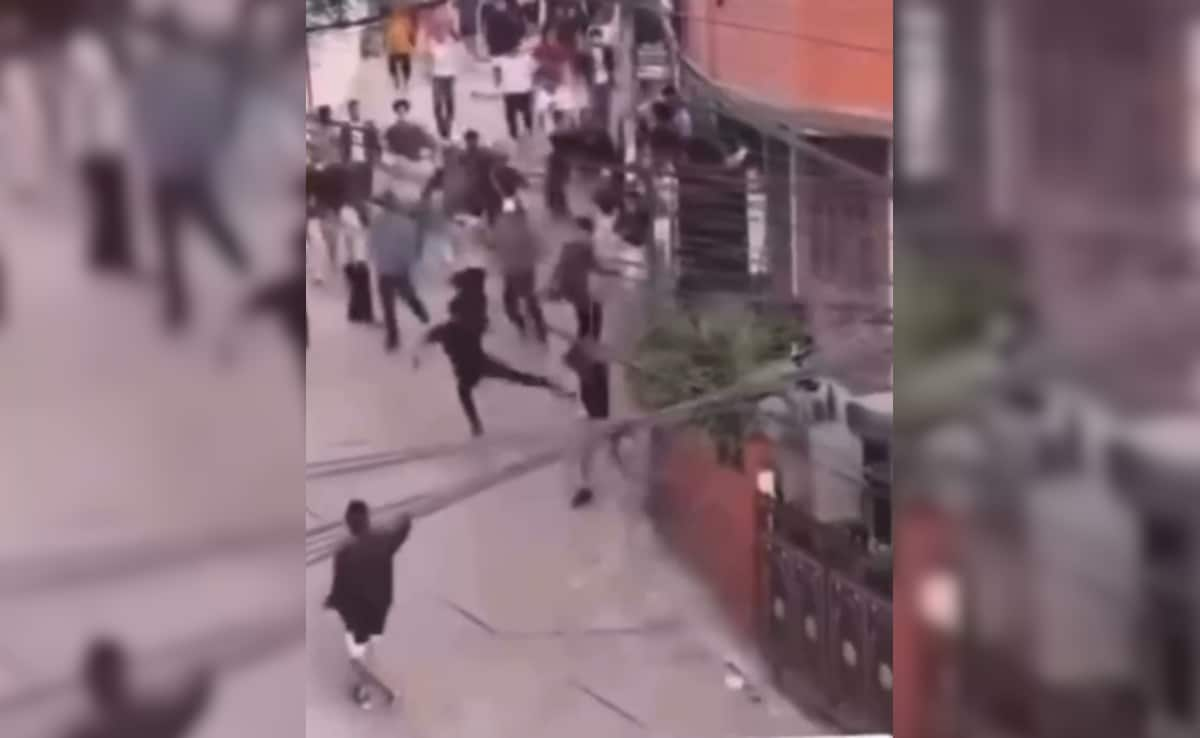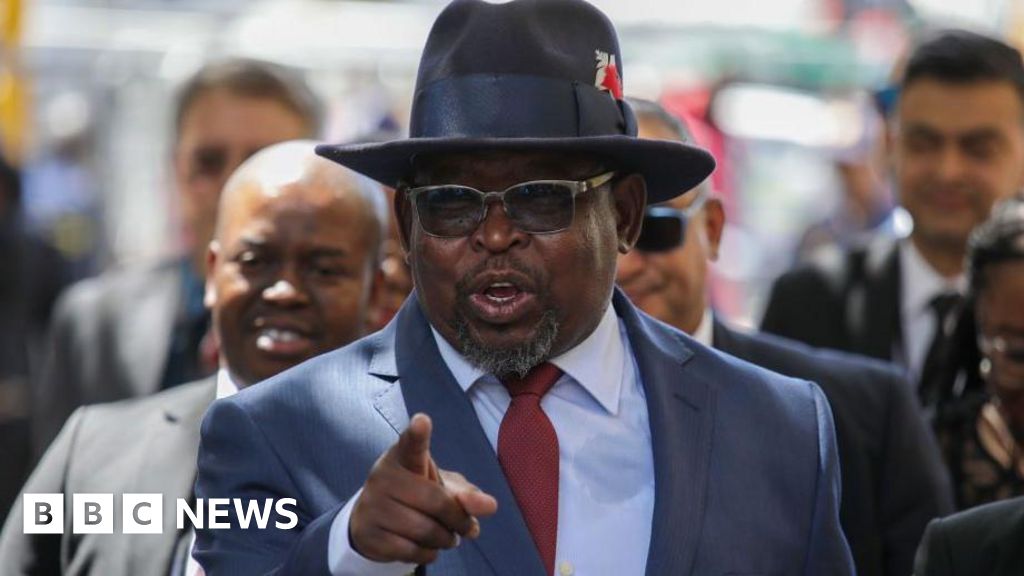Chaos Erupts: Nepal's Finance Minister Brutally Attacked in Shocking Street Confrontation

Tensions are escalating in Nepal as Generation Z-led protests transform into a volatile political confrontation. The demonstrations have taken a dramatic turn, with protesters targeting high-profile government officials in unprecedented ways.
In a shocking display of civil unrest, Prime Minister KP Sharma Oli's residence was set ablaze, symbolizing the deep-rooted frustration of young protesters. Meanwhile, Finance Minister Bishnu Prasad Paudel found himself in a harrowing situation, desperately fleeing through the crowded streets of Kathmandu as demonstrators pursued him.
Viral video footage has captured these intense moments, revealing the raw emotion and determination of the protesters. The Gen Z-led movement is challenging the political establishment with unprecedented intensity, signaling a potential watershed moment in Nepal's political landscape.
The protests reflect growing public discontent with the current government's policies and perceived lack of responsiveness to youth concerns. As the demonstrations continue to gain momentum, the political elite are finding themselves increasingly cornered and unable to ignore the powerful voice of Nepal's younger generation.








